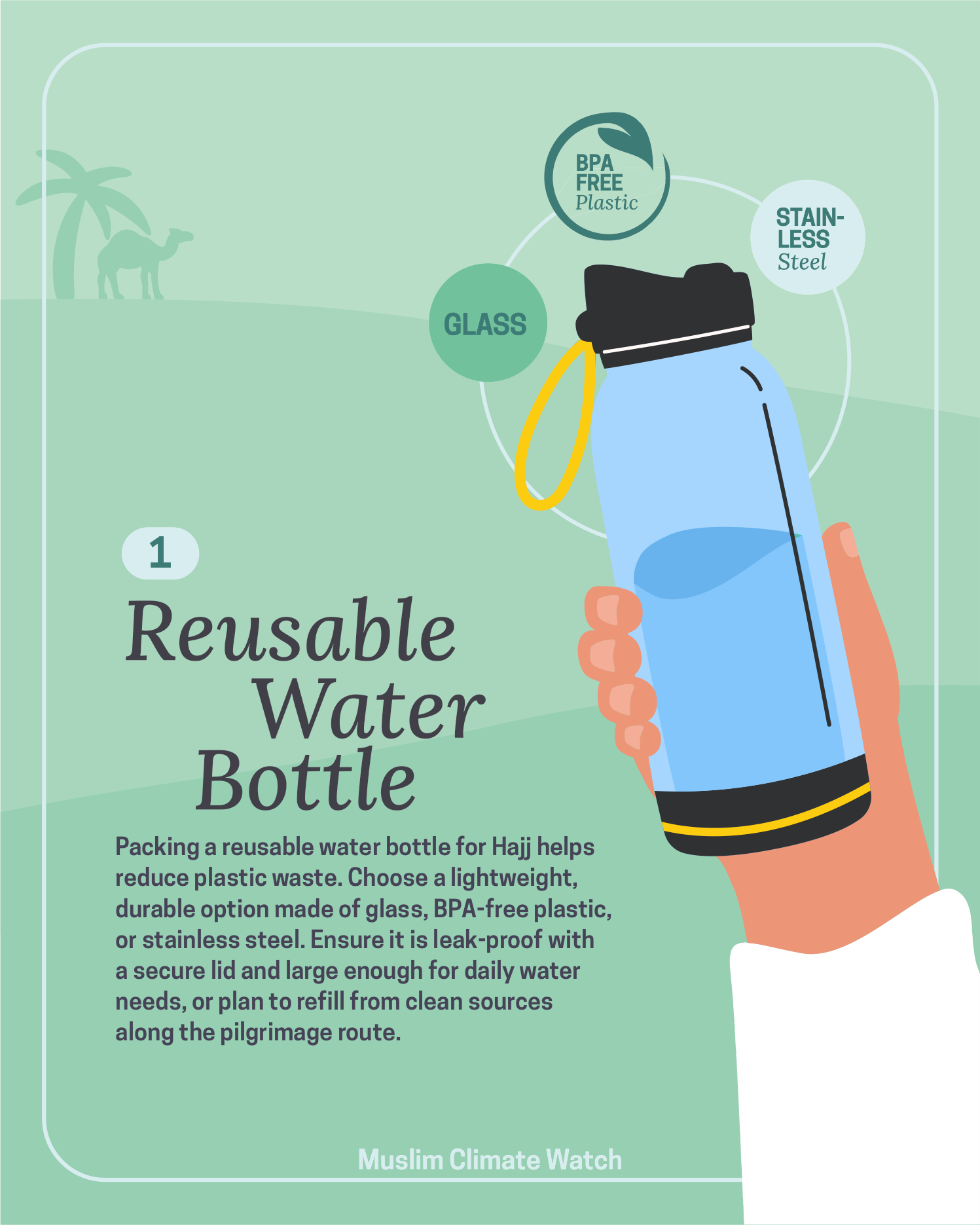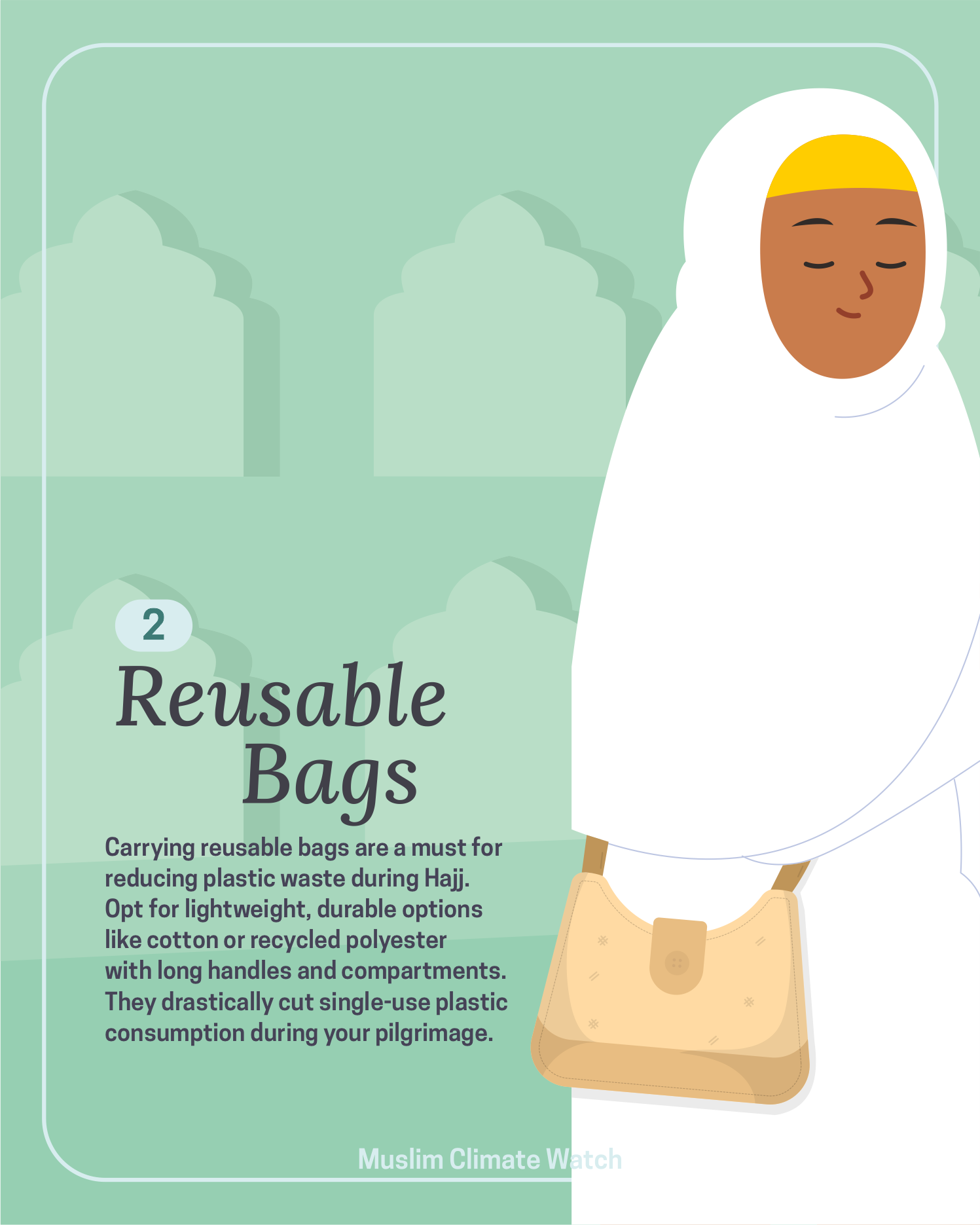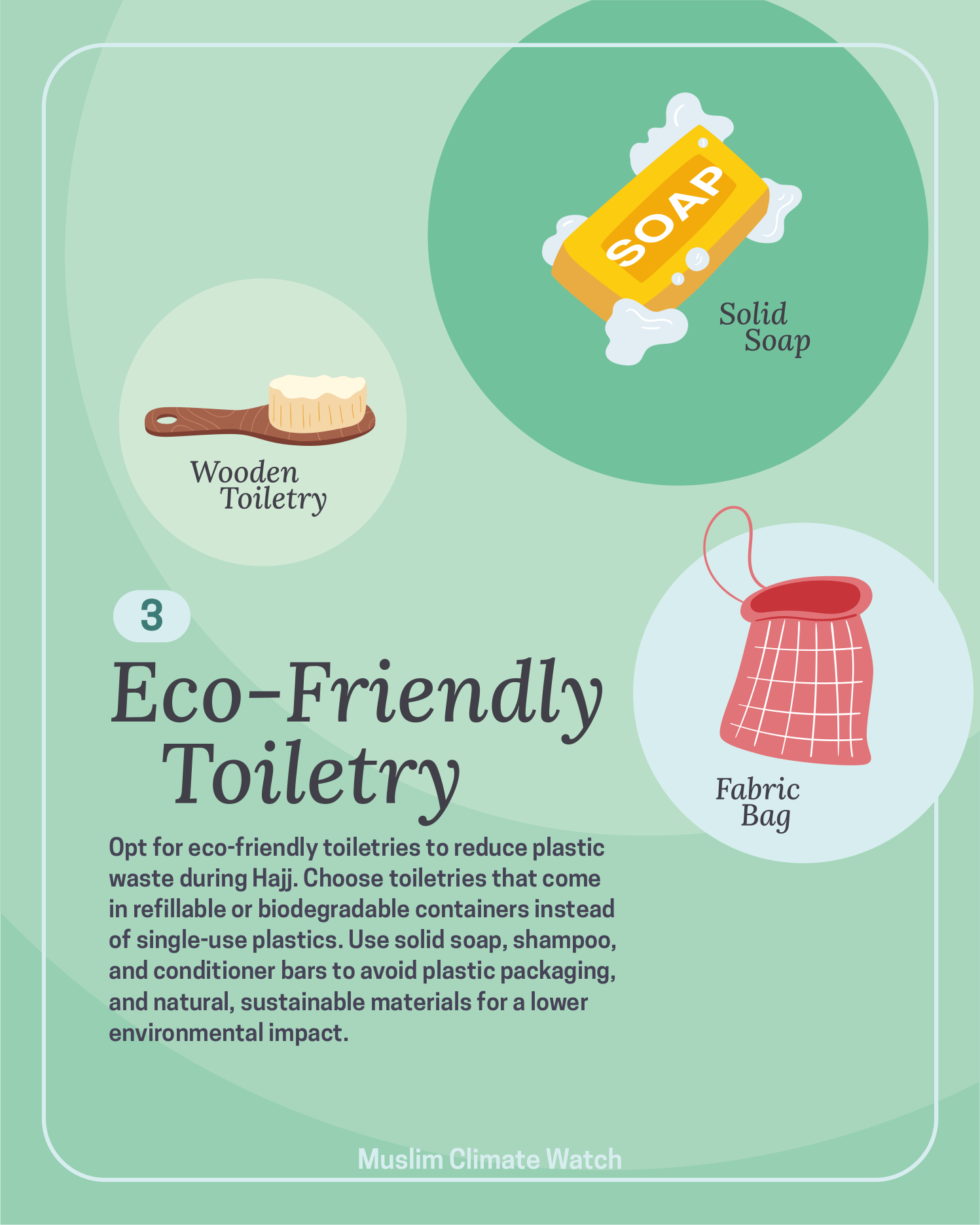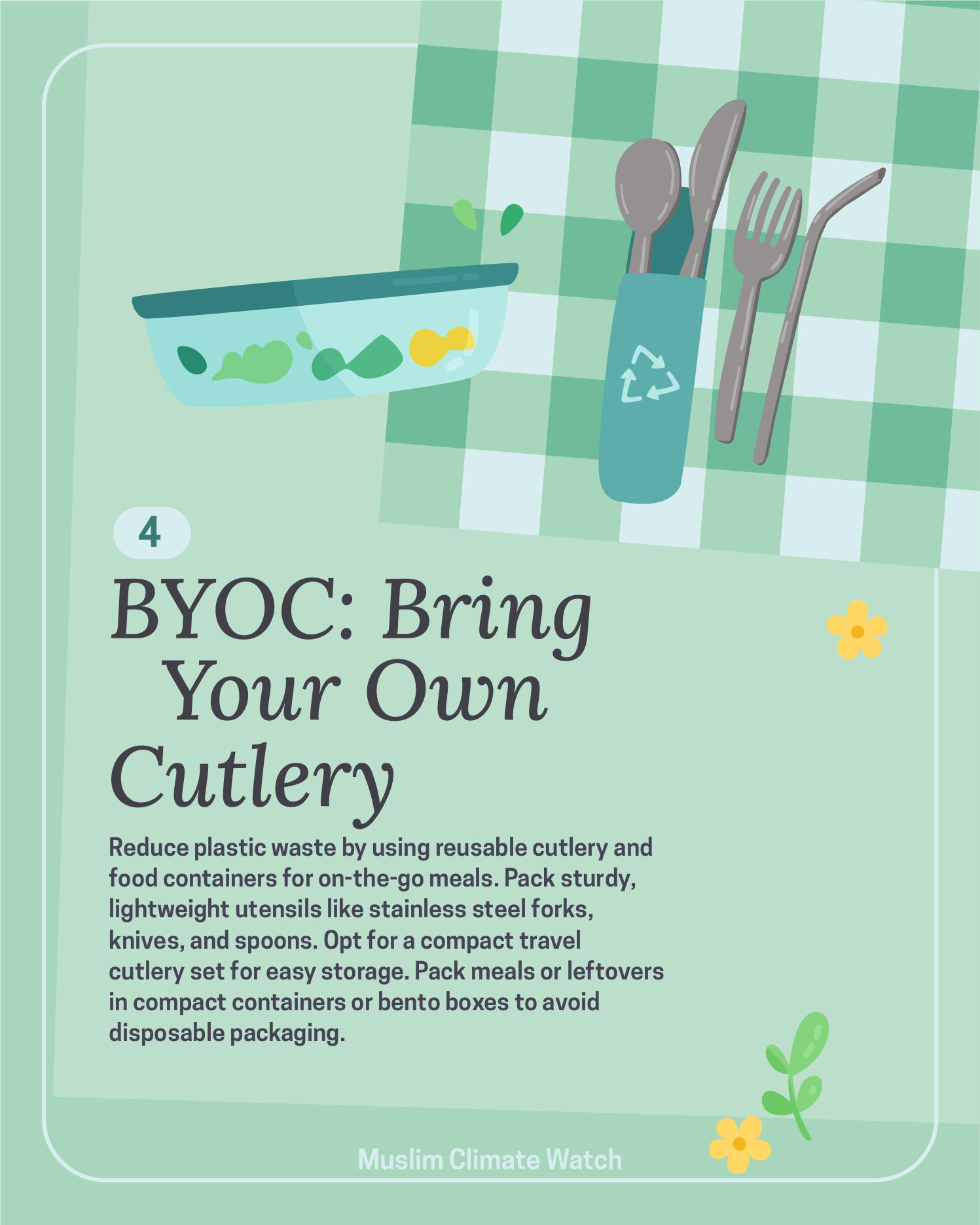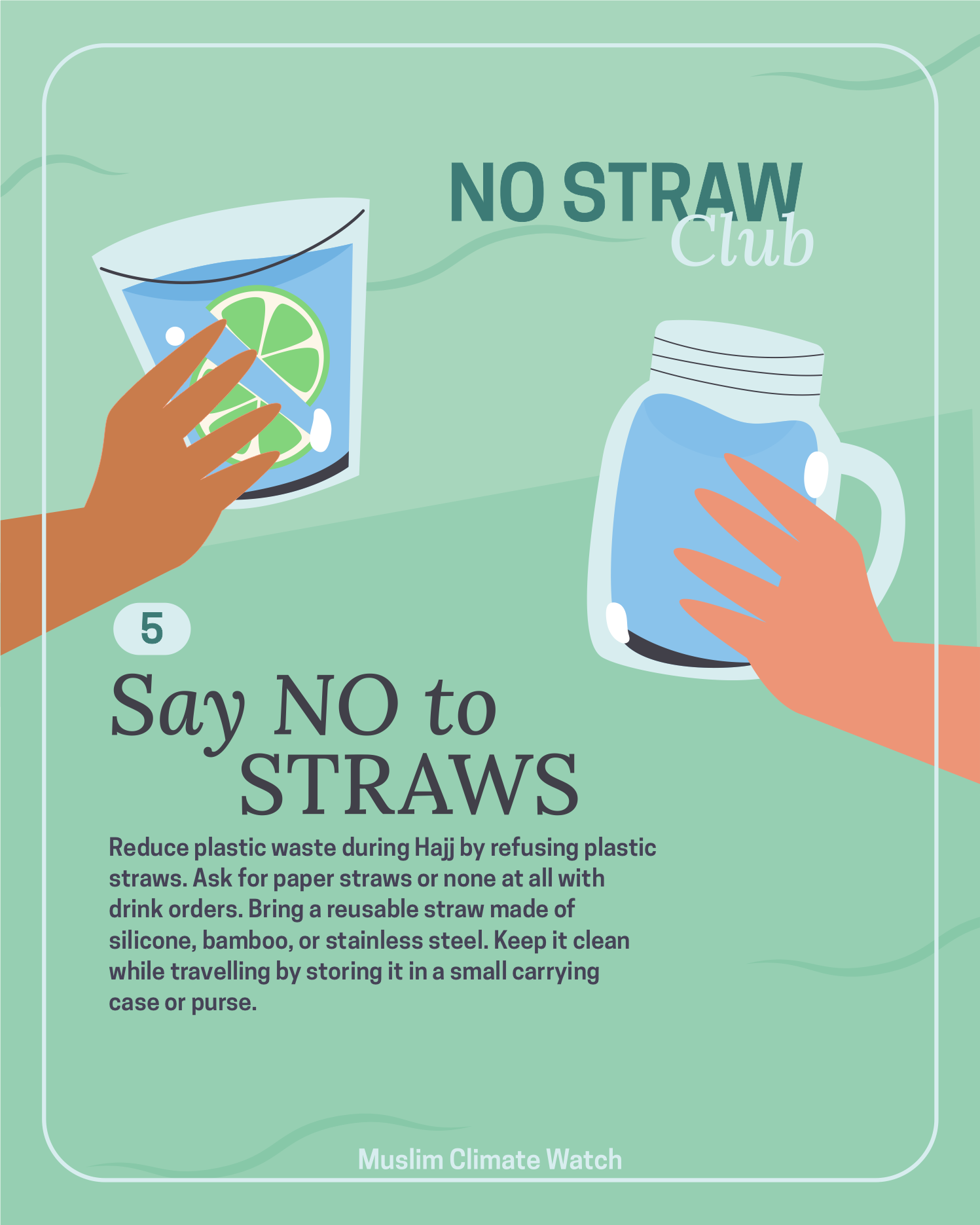The Hajj season is upon us and as millions of pilgrims embark on the sacred journey of Hajj each year, there is growing concern about the environmental impact of this significant religious pilgrimage. Millions of Muslims make the annual pilgrimage to Makkah, Saudi Arabia, to carry out the pilgrimage known as Hajj, which is the last and fifth pillar of Islam.
1,845,045 pilgrims visited Saudi Arabia in total in 2023, emphasizing the significance of sustainable efforts to lessen the pilgrimage’s negative environmental effects. Throughout the year, the Makkah landfill gets about 2,750 tonnes of waste per day on average; during the Hajj season, this amount increases to approximately 4,706 tonnes per day.
As the number of pilgrims increases, Makkah is predicted to produce 44 million tonnes daily within the twenty years that follow. Amid the community togetherness and spiritual dedication that the Hajj offers, pilgrims have a chance to adopt sustainable practices and reduce their environmental footprint. Whether in the busy streets of Makkah or the quiet plains of Arafat, adopting eco-friendly practices can improve one’s spiritual experience while also helping to protect the environment.
To promote sustainability and environmental stewardship throughout this holy journey, we examine practical methods for pilgrims to minimize plastic waste along their pilgrimage path in this book.
5 Tips for Reducing Waste at Hajj
- Reusable Water Bottles: Packing a reusable water bottle is one of the most efficient approaches to reduce plastic waste during Hajj. Pilgrims can invest in high-quality, long-lasting bottles made of materials like glass, BPA-free plastic or stainless steel. Pay attention to lightweight and easy-to-transport bottles, with a secure lid to prevent leaks while commuting. considering the hot climate and physical exertion involved in Hajj, ensure that the bottle is big enough to hold enough water for the day. Remember to refill your bottle from the safe water sources provided along the pilgrimage route to make sure the water is safe to consume.
- Reusable Bags: Bringing reusable bags is essential for reducing plastic waste while shopping for groceries and souvenirs during Hajj. Choose lightweight, foldable bags crafted from durable materials including cotton or recycled polyester. Choose bags with long handles for easy travel and consider bags with compartments or pockets to organize your possessions. Using reusable bags will substantially decrease your consumption of single-use plastic bags and waste during your pilgrimage journey.
- Eco-Friendly Toiletry: Choosing environmentally friendly toiletries is an essential next step in cutting the amount of plastic waste during the Hajj. Consider toiletries that come in refillable or biodegradable containers instead of products that are packaged in single-use plastic containers. To steer clear of using plastic bottles and packaging, look for solid soap, shampoo, and conditioner bars. To further mitigate your impact on the environment, pick natural and eco-friendly toiletry items composed of sustainable materials.
- BYOC (Bring Your Own Cutlery): Using reusable cutlery and food containers when eating on the go or during pilgrimages is a simple way of reducing plastic waste. Bring sturdy, lightweight cutlery, like spoons, knives, and stainless steel forks. If you like, include a reusable straw. To make storage and transportation straightforward, think about purchasing a small travel cutlery set that comes in a convenient carrying case. In order to avoid using disposable packaging or containers, you should also pack meals or store leftovers in compact containers or bento boxes.
- Say No to Straws: During Hajj, reducing plastic waste can be achieved by simply but effectively refusing plastic straws. Decline plastic straws when placing drink orders; instead, request paper straws or none at all. If you have a reusable straw, think about bringing one made of silicone, bamboo, or stainless steel. To keep your reusable straw sanitary and spotless while traveling, place it in a tiny carrying case or purse.
Swipe through and share our graphics below:
